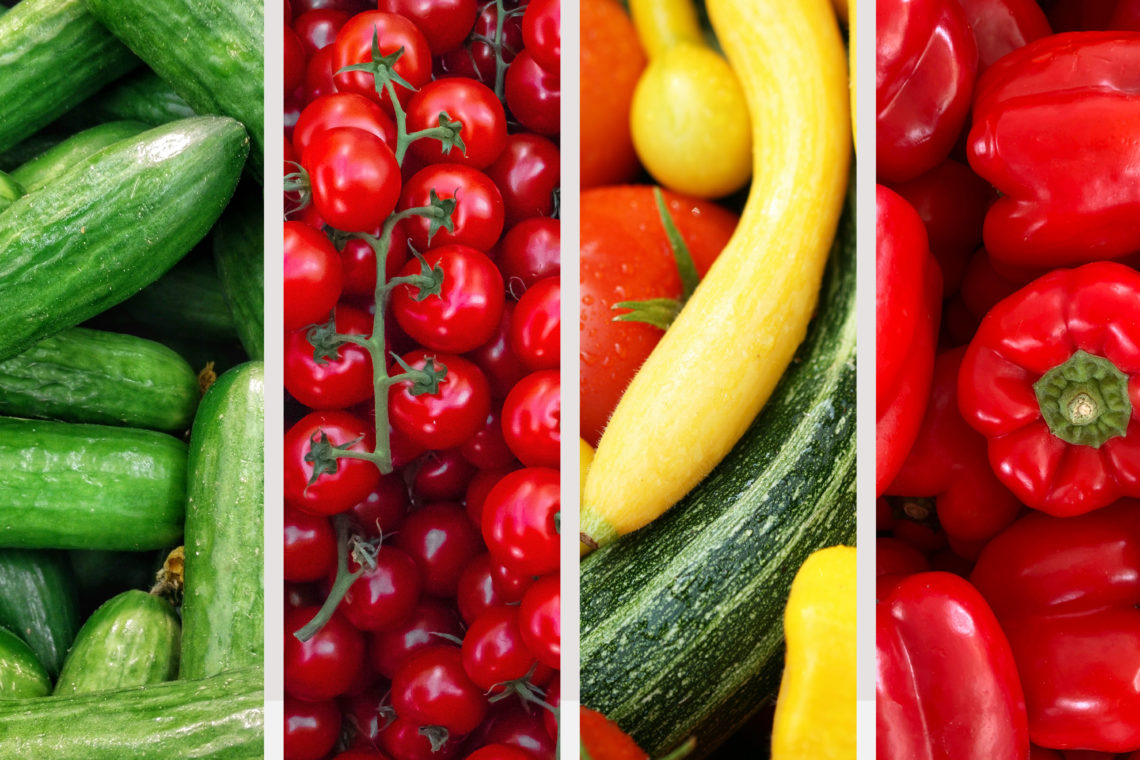A rather late start to the season …
Looking back, the 2021/22 season in the Spanish production area in Almeria proved to be quite satisfactory. This year, we notice at KÖLLA that only a few producers see the need to plant early in order to generate early revenues to cover ongoing fixed costs. Furthermore, the very hot summer has also led to a generally later seeding – so the growth of the plants is not too affected.
Sweet peppers
We expect large quantities of both the “California” pepper variety and the pointed pepper from mid-November onwards. Overall, however, some fluctuations can be observed in the production volumes: While about 5-10% less production is expected for the varieties “California” and “Lamuyo”, about 3-5% more was planted for the pointed peppers.
Especially the variety “Palermo” (Rijk Zwan) will gain importance this season. For the sweet bite pepper, the quantities are reduced due to the comparatively high labour costs. The increasing lack of labour and the resulting rise in wage costs are further exacerbating this problem.
Cucumbers
For cucumbers, too, we expect a delayed harvest and notable quantities only from November onwards. The area under cultivation is 4-5% larger.
We expect a significantly higher price level in late autumn compared to the previous year, as the greenhouses in Holland and Belgium can no longer be heated with gas – as in the past. Consequently, we expect comparatively high quotations in spring as well.
It remains to be seen whether there will be a new tendency to opt for film protection of the product again due to the now well-known overall ecological balance. (negative balance due to enormous losses caused by a strongly accelerated decomposition).
Country cucumber
Some producers have switched their production from french. Cucumbers to mini-cucumbers. In the case of mini-cucumbers, it was increasingly possible to conclude seasonal contracts with European food retailers at good conditions. The delivery obligations from these contracts lead us to expect relatively constant production throughout the year.
Courgettes
As with the peppers, the start of the courgette season will also be delayed – as a side effect of the strong heat waves. For the time being, we expect lower quantities until the usual level is reached the usual volume level will be reached. The area under cultivation has increased by about 3-4% compared to the previous year.
The problem of viruses – which have been increasing in recent years – is being countered this year with two new, more resistant varieties – Dharma and Drakonis. Due to their successful virus resistance, the seed for these is already largely sold out.
Consequently, the producers who did not get a chance are relying on already proven late varieties, which should not be as exposed to a possible virus plague in cooler temperatures.
Tomatoes
The cultivation area in Almeria for bush and Roma tomatoes is increasing by 8-12%. The reason for this is reduced cultivation quantities in Holland and Belgium, which can be attributed to increased production costs and a lack of heating.
We expect first quantities of roma tomatoes from the beginning of October, whereas vine tomatoes are only available from the beginning of November. Full production can be expected from the beginning of December, which will remain at a high level until the beginning of May (temporarily affected by possible temperature fluctuations).
Overall, we expect a firmer price level here as well.
Cherry- / Cocktail- / Date tomatoes
Here we can increasingly observe a lack of availability of labour and the consequent increase in labour costs. In addition, it must be taken into account that the yields per hectare of small tomatoes are much lower. as a result, the cultivated areas in Almeria have been greatly reduced. This and the probably also in Holland – for known reasons – strongly reduced production will lead to an overall significantly higher price level.
Back to the classics?
In addition to a few new varieties, there is a tendency in the Almeria growing region to move back to the classic varieties/products. These have been achieving increasingly better yields for the past two years. They are no longer subject to intensive price pressure, which in the past often caused enormous losses for the producers.
This development is due on the one hand to the Covid crisis and on the other hand to a very strong increase in production costs regarding cardboard, plastic, fertiliser and seeds.
In the future, we will probably see more niche products from Moroccan and other growing regions.
September 2022

